Not all pull studs are created equally.
Whether you think of them as retention knobs, pull studs, or something else entirely, the very fact that you’re thinking of them puts you ahead of the curve. For some, pull studs have been relegated to the periphery of parts; forgettable accessories that don’t get any attention unless something goes wrong.
But what may have seemed like a humble or forgettable part 20 years ago, when machines were lucky to have generated 1,600 lbs. of grip pressure on the pull stud, has to come back into focus now that those forces are creeping upwards of 2,500 lbs. As the forces exponentially increase, precision and accuracy in machining and tooling increasingly require higher quality of the lone piece connecting the spindle to the tool holder.
With most machine tools, the gripping mechanism relies on a series of stacked, loose washers, and bevel washers that, when under a load, flatten out. Changing the position of the surface where the gripper holds the knob by just a little bit can cause retention force to vary. And .004” differences can greatly influence the performance of the tools.
“We’ve seen it before. People get our tools, but then they just grab an old pull stud off of the shelf,” says Alan Miller, engineering manager/product manager-BIG. “They’ll run it, but it’ll immediately have chatter issues – maybe it got stretched out, who knows what happened. But with a quality knob, the issues go away. You’re only as precise as your least precise component.”
Check out this brief video illustrating the finer points of pull studs, what to look for, and why they should be held to the same exacting standards that you hold the rest of your machine tools to.
Pull studs in general just start out as basic standards, but machine tool builders have taken it upon themselves to change those. Pull studs from BIG DAISHOWA designed specifically to different types of machines. With a wide variety of pull studs built to match exactly–BIG DAISHOWA is making inroads against the antiquated assumption of, “if it’s close, it’s right.”
BIG goes the extra step to mark every pull stud with a serial number, both for traceability, and for internal tracking purposes, allowing users to keep track of the age of individual parts and better monitor lifespan.
Also of note, ASME standards have been revised. In that new spec, they finally published retention knob installation torques to make sure the retention knob is installed properly and isn’t bulging out the small end of the taper. This just goes to show how important it is to install knobs with a torque wrench. “We still see people using a wrench and a hammer,” Miller adds. “That’s just not good.”

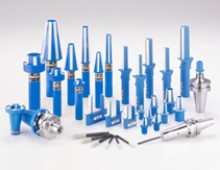
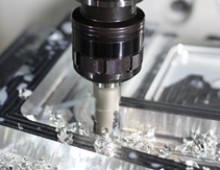
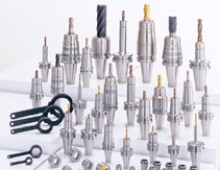
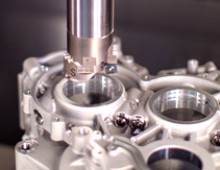
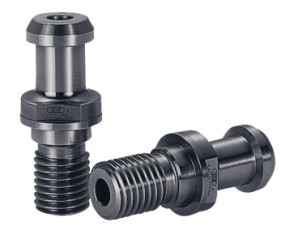


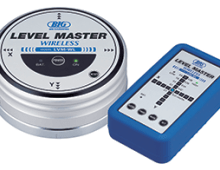
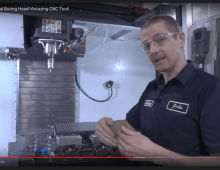

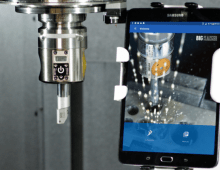
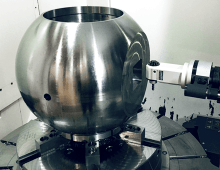
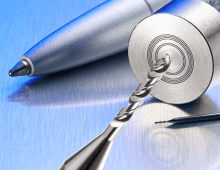
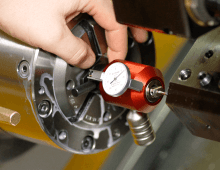
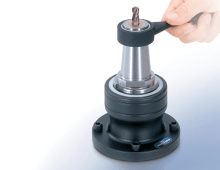
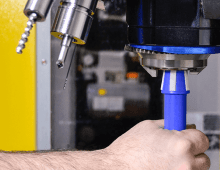
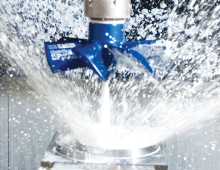
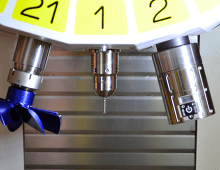
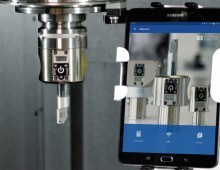
David Molina
Tue, 12/19/2023 - 08:29